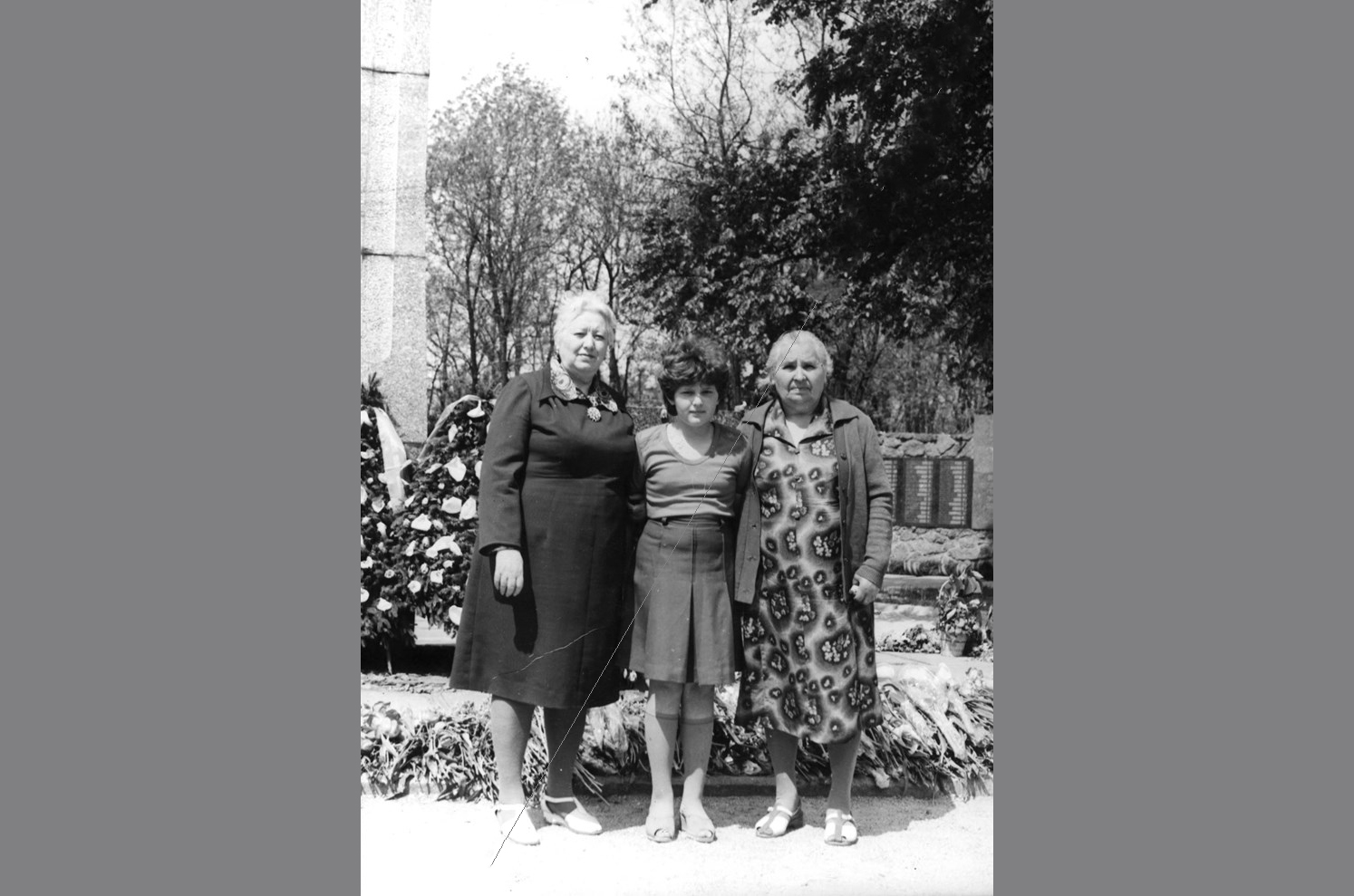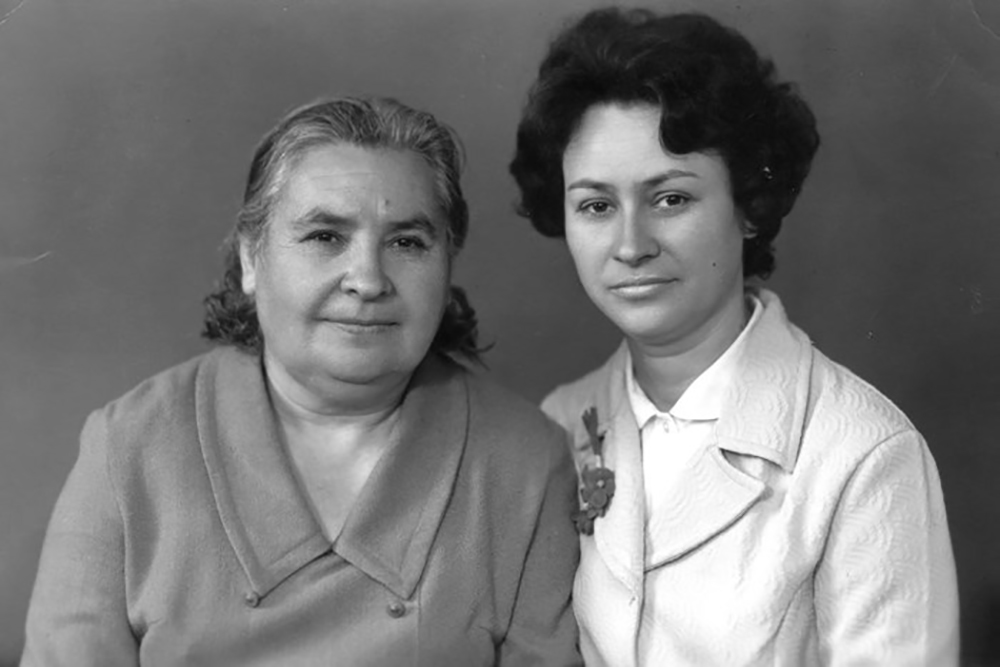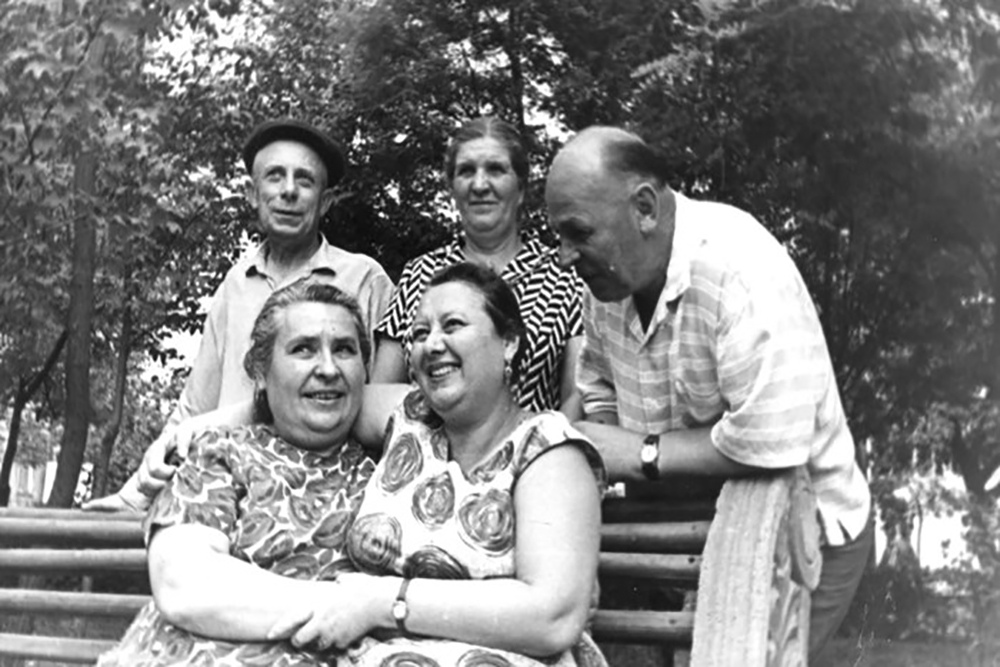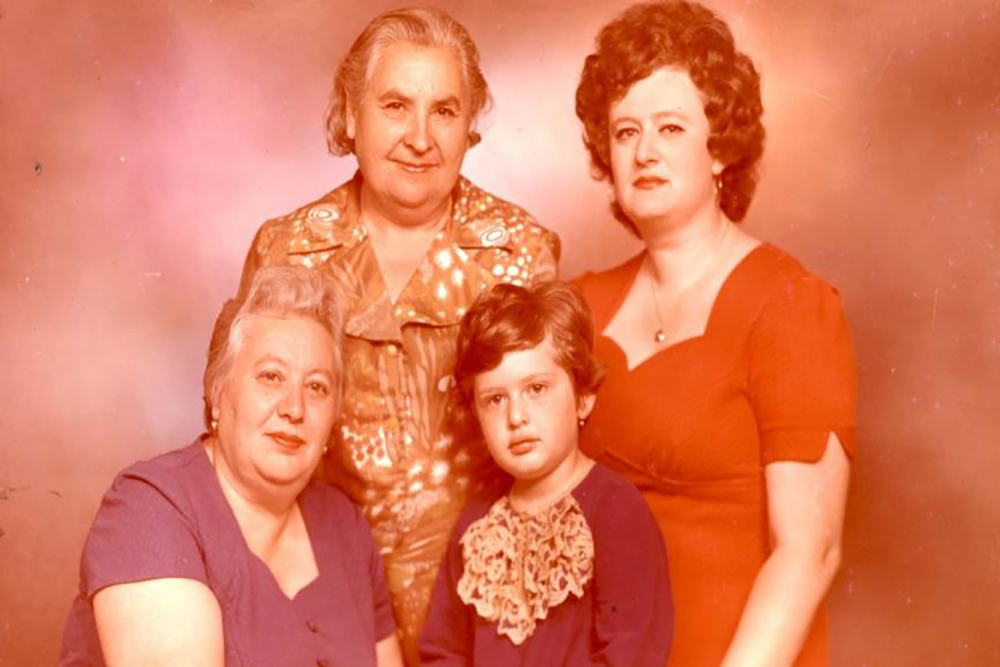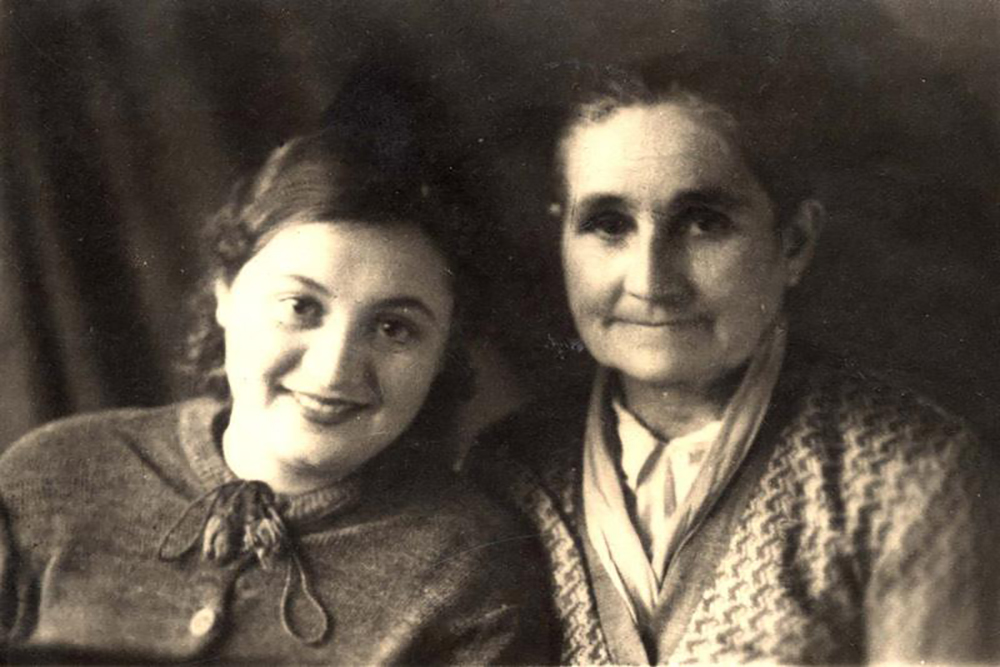Bank of Portraits / Podolian Maria and Shapovalova Sofia
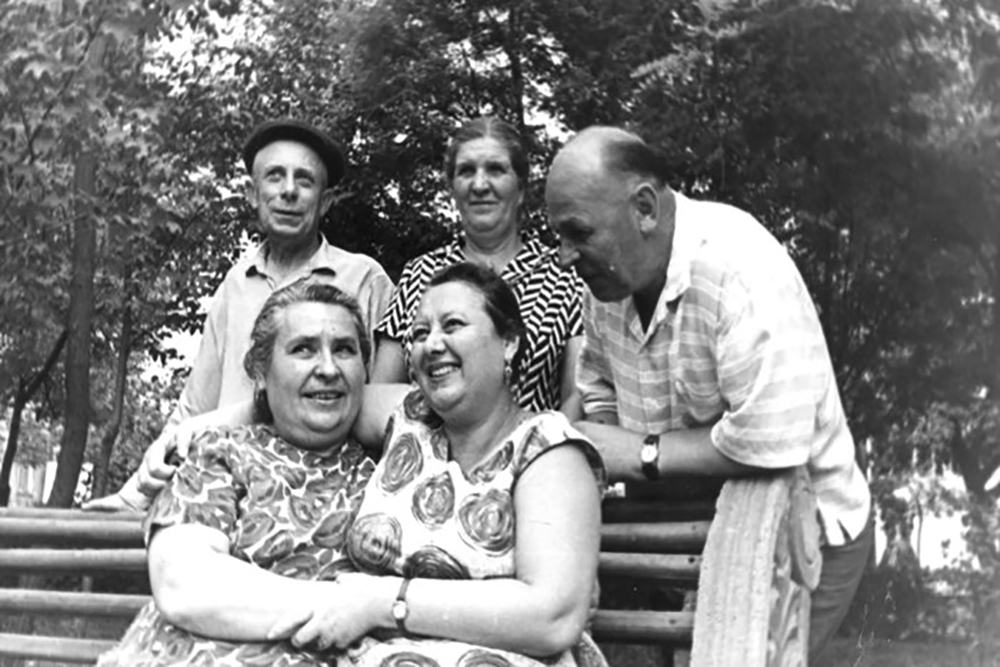
Podolian Maria and Shapovalova Sofia
The newspaper of the Nazi occupation period “Kirovograd News” reported on May 6, 1942 that according to the decree of the German command, the population census was planned in the city.
“According to the materials of the Statistic Subdepartment, it is fair to consider Kirovograd [current Kropyvnytskyi] the Ukrainian city not only by geographic position, but also by the national structure. 68,143 persons are registered in Kirovograd. 91.6% of them are the Ukrainians, 5.9% - the Russians, 5.9% - the Moldovans”. From the report of the German command
This report mentioned nothing about the Jews, because not many of them hid from the murderers.
All the sites of the forced detainment (camps, ghettos, prisons) on the territory of Kirovograd region had especially inhuman conditions during the occupation. The absence of medical treatment, diseases, hunger and hard physical work caused the high death rate. The prisoners suffered of tortures and humiliation, there were regular shootings. The ghettos were established in the towns and villages where people from nearby area were forcibly settled. Almost all of them had the tragic final: the Nazis exterminated them. Only very small number of prisoners survived.
Maria Podolian (born in 1914) lived in Kirovograd with her husband Stepan and younger sister Valentyna. She worked at the milk plant. Valentyna had the Jewish friend Maria Tyshkovska whose family lived in the same house. In late July 1941 Maria sent her younger sister to her relatives in the village. On August 4 the Germans captured Kirovograd.
On September 30 all the Jews of the city were ordered to come to the gathering point. At night the unfamiliar policeman came to the house of Maria Podolian. He said her sister was arrested and Maria had to come and take her. She took the documents and went to the police station, but instead Valentyna she saw Maria Tyshkovska there.
When the family of Maria Tyshkovska was prepared for execution, she said she was Ukrainian and was taken accidentally. She told the police her sister was Maria Podolian and told her address. Maria understood her plan and undoubtedly confirmed she was her sister. She gave the police her documents and took the girl to her house.
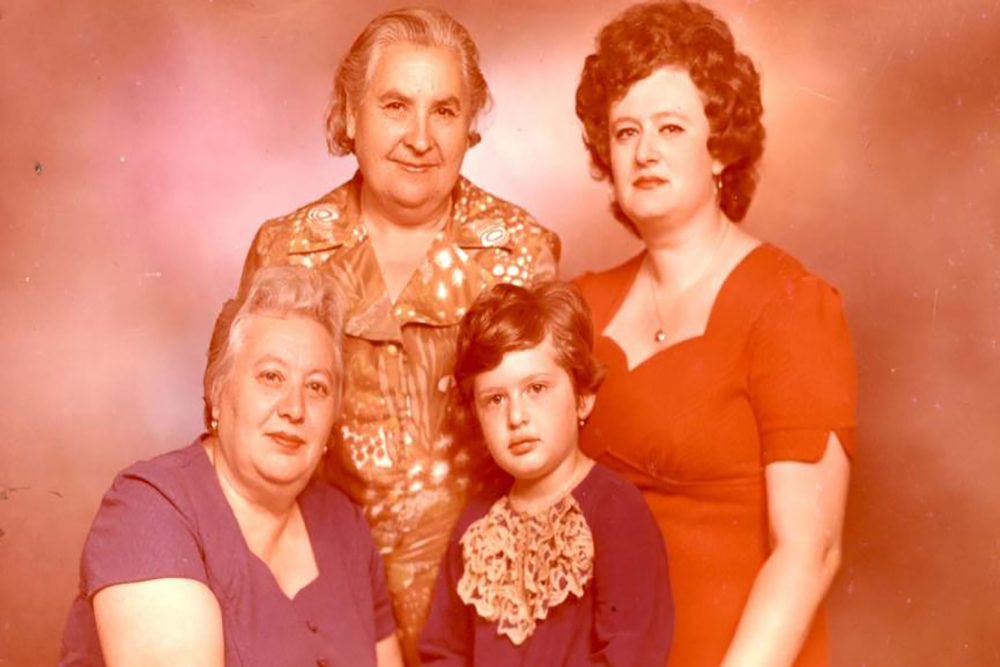
The rescued Jewish girl spent few days at her home. However, they were afraid the neighbors would inform against them. Maria Podolian decided to find better place to shelter her friend. She hid her under the hay in the cart and took to the city of Dniprodzerzhinsk [current Kamianske], to the house of her mother Sofia Shapovalova.
Sofia was acquainted with the Tyshkovska family and was shocked with the story of her family and almost all the Jews of Kirovograd. The neighbors of Sofia Shapovalova knew she had two daughters, so she told everyone that Maria Tyshkovska was Valentyna. However, the girl had unusual “Jewish” appearance, so one of the neighbors informed the police against her.
Maria Tyshkovska and her “mother” were interrogated. They said they were native Ukrainian mother and daughter. Then they were released. Maria Tyshkovska lived at the house of Sofia Shapovalova until the Nazis were expelled from Kirovograd on January 8, 1944.
She was the only survivor of her family. For many years Maria Tyshkovska (after marriage - Heizon) stayed friends with Sofia Shapovalova and Maria Podolian, calling them her mother and sister.
On May 14, 1996 the Yad Vashem recognized Maria Podolian and her mother Sofia Shapovalova as the Righteous Among the Nations.

Valeriya Budyshevska
Kyiv
Tavrida National V.I. Vernadsky University
-
fingerprintArtefacts
-
theatersVideo
-
subjectLibrary
